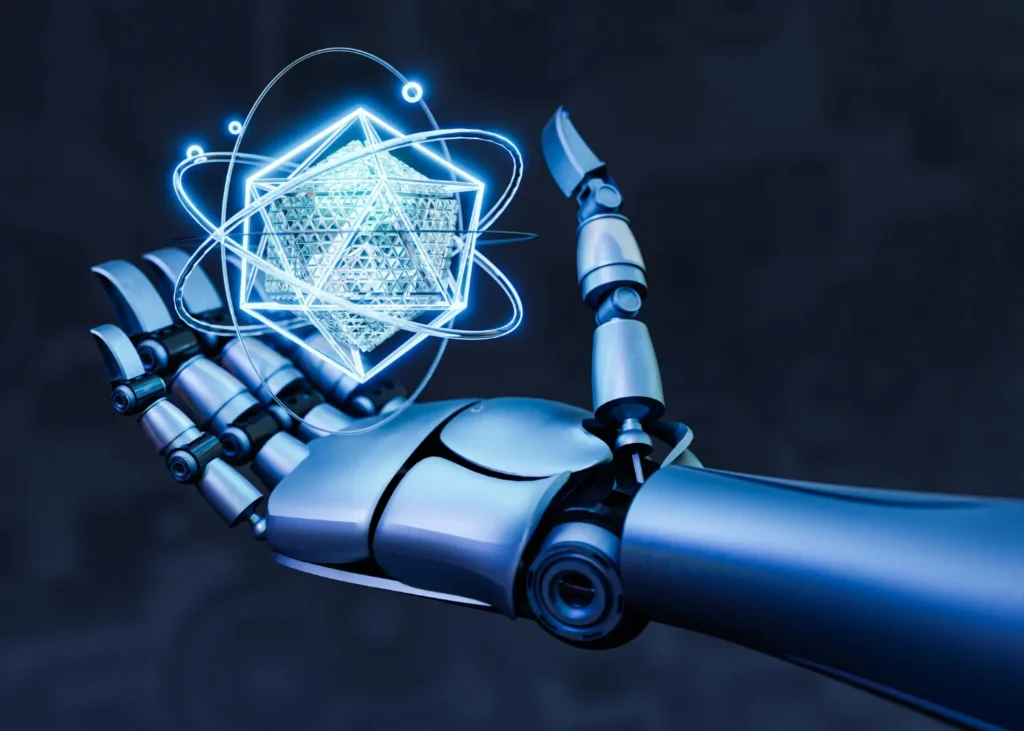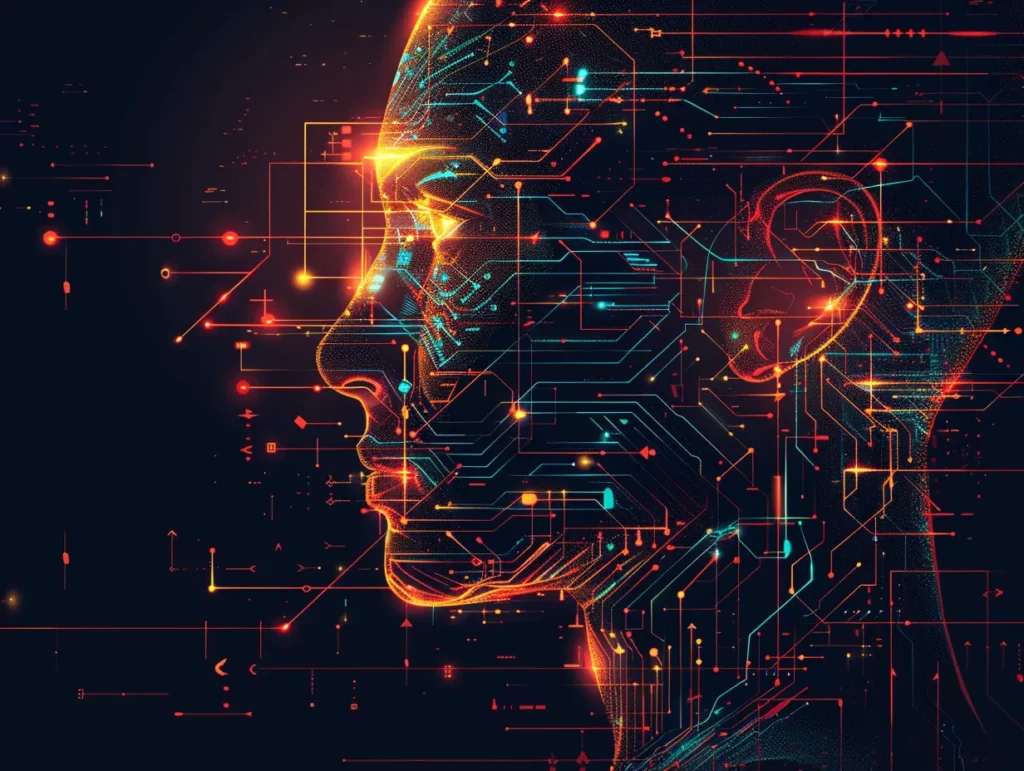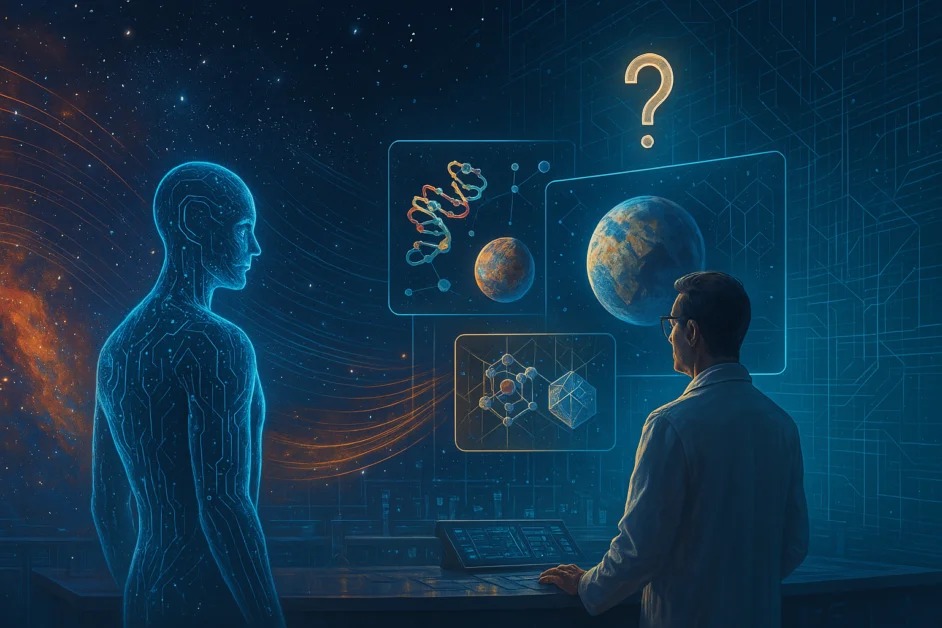How Generative AI is Changing the Way We Build and Hire AI Teams

The landscape of hiring and team-building in the tech sector is undergoing a radical transformation, driven by one revolutionary force—Generative AI in hiring. As businesses strive to remain competitive in the fast-paced world of artificial intelligence, they’re increasingly turning to AI itself to optimize their recruitment processes and redefine how AI teams are formed and managed. This isn’t just a futuristic concept anymore—it’s a tangible shift happening today.
Generative AI, with its capacity to create human-like text, automate decisions, and analyze massive datasets, is now at the heart of modern AI recruitment strategies. From writing job descriptions to conducting initial candidate screenings, generative AI tools are enabling HR departments and hiring managers to work smarter, not harder. It’s no longer about just finding talent—it’s about strategically building AI teams that are not only skilled but also diverse, agile, and aligned with future technological demands.
In this article, we’ll dive deep into how companies—especially at the forefront like Salesforce and Amazon—are leveraging generative AI to reshape their hiring processes and team structures. You’ll learn about practical applications, strategic benefits, emerging challenges, and what the future might hold for the intersection of AI and HR. Whether you’re an HR leader, tech recruiter, or founder building your first AI team, this guide will give you a front-row seat to the AI-driven revolution in hiring.
The Rise of Generative AI in Recruitment
When it comes to AI-driven recruitment, traditional practices are starting to feel outdated. Sifting through thousands of resumes, writing individualized job ads, and manually scheduling interviews consume significant time and resources. Enter generative AI—tools like ChatGPT, Jasper, and others are now able to automate these tasks with unprecedented speed and accuracy.
Generative AI can:
- Scan resumes and rank them based on relevance to a job posting
- Write personalized job descriptions tailored to specific roles and company cultures
- Engage with candidates via chatbots that simulate real-time human conversation
- Analyze candidate fit using behavioral and linguistic models
Companies are now embracing AI hiring tools not just for the sake of efficiency but to ensure consistency, reduce human bias, and scale their recruitment efforts. According to LinkedIn’s recent survey, over 75% of recruiters believe AI will play a critical role in the hiring process within the next three years.
But there’s more. Beyond automation, generative AI helps identify emerging skills and roles even before they become mainstream. It allows organizations to forecast talent needs, anticipate shifts in technology, and proactively build AI teams prepared for future innovation.
That’s why platforms like Loopp, which enable scalable, AI-powered hiring solutions, are becoming essential allies in this evolving talent landscape.
Building AI Teams with Generative AI
Creating a successful AI team goes beyond hiring a few data scientists. It requires assembling a cross-functional group of engineers, ML specialists, product managers, and domain experts who can collaborate seamlessly. Generative AI in hiring plays a pivotal role in assembling such high-performing units.
Here’s how generative AI helps:
- Role Mapping: AI tools can assess the current team structure and suggest gaps that need filling.
- Candidate Matching: AI can suggest ideal candidates based on historical hiring data, peer benchmarking, and performance metrics.
- Diversity Optimization: Generative AI can mask identifying information in resumes to ensure fair evaluation, thus supporting more diverse hiring.
- Skill Forecasting: AI can predict what roles will be needed in the future based on project pipelines and industry trends.
What used to take months of manual coordination now takes days. For instance, an organization can upload job requirements into an AI system like Loopp and receive not only ideal candidate suggestions but also a proposed AI team structure that aligns with project goals. It’s no longer about guesswork—it’s about data-driven, generative strategy.
Moreover, generative AI helps new hires integrate faster. With AI-curated onboarding programs and personalized learning paths, new team members can hit the ground running, boosting productivity from day one.
AI-Driven Recruitment Strategies
Traditional recruitment is reactive. Generative AI makes it proactive. Instead of waiting for applicants to submit resumes, companies are now using AI to scout talent, engage candidates with personalized content, and streamline the interview process.
Key strategies include:
- Predictive Hiring: AI analyzes historical data to predict which candidates are likely to succeed in a given role.
- Persona-Based Outreach: Based on job profiles, AI generates messaging tailored to specific candidate personas, increasing engagement.
- Interview Automation: AI tools can conduct initial interviews, assessing tone, language, and sentiment, giving HR teams a summarized analysis.
- Continuous Engagement: Even after an interview, AI-driven platforms maintain candidate interest through tailored updates and content, ensuring top talent stays engaged.
A prime example is using Loopp to automatically generate outreach messages tailored to passive candidates’ LinkedIn profiles. This kind of hyper-personalization significantly increases response rates and attracts higher-quality talent.
The shift toward AI recruitment strategies is not about replacing human intuition—it’s about enhancing it. By automating routine tasks and providing intelligent insights, AI empowers recruiters to focus on what they do best: building relationships and identifying cultural fit.
Case Studies: Companies Leading the Way
Let’s explore how some of the biggest names in tech are utilizing generative AI to revolutionize how they hire and build AI teams.
Salesforce:
Salesforce uses generative AI to write personalized job descriptions, predict candidate success based on data patterns, and automate scheduling. Their internal AI platform, Einstein, also helps in onboarding and talent development, making the transition smoother for new hires.
Amazon:
Amazon’s recruitment arm uses machine learning algorithms to screen resumes, predict future job needs, and assess cultural fit. They’ve also integrated voice AI for initial candidate screenings, making the experience more interactive and accessible.
IBM:
IBM leverages Watson to analyze candidate sentiment, forecast team performance, and generate leadership development paths. This holistic approach ensures that new AI hires are not only technically skilled but also aligned with long-term strategic goals.
NVIDIA:
Focused on cutting-edge AI research, NVIDIA uses generative models to identify unique candidate profiles and assess potential based on past project success. They prioritize interdisciplinary team-building, using AI to balance skill sets across departments.
These companies are not just hiring faster—they’re hiring smarter. Their approaches are templates for any organization looking to stay ahead in the AI talent acquisition game.






